|
Viktor Pugachyov
Viktor Georgiyevich Pugachev (russian: ąÆąĖ́ą║č鹊čĆ ąōąĄąŠ́čĆą│ąĖąĄą▓ąĖčć ą¤čāą│ą░čćčæą▓) (born 8 August 1948 in Taganrog, RSFSR) is a retired Russian Air Force officer and a former Soviet test pilot who was the first to demonstrate the so-called Pugachev's Cobra manoeuvre to the general public in 1989, flying an Su-27. Gold medal of the Hero of the Soviet Union was awarded to him in the late 1980s. He graduated from Yeysk military aviation school in 1970, test-pilot school in 1978 and the Moscow Aviation Institute in 1980. After two years with Gromov Flight Research Institute he joined OKB Sukhoi where he tested the Su-9, Su-15, Su-24, Su-25 and the Su-27. On 1 November 1989 he landed an Su-27K on an aircraft carrier for the first time in Soviet history. He became famous after his 1989 Su-27 demonstrations on the Paris Airshow. Pugachev is credited with first ever non-vertical take-off and landing (VTOL) from the aircraft carrier ''Admiral Kuznetsov''. [...More Info...] [...Related Items...] OR: [Wikipedia] [Google] [Baidu] |
Taganrog
Taganrog ( rus, ąóą░ą│ą░ąĮčĆąŠą│, p=t╔Ö╔Ī╔Én╦łrok) is a port city in Rostov Oblast, Russia, on the north shore of the Taganrog Bay in the Sea of Azov, several kilometers west of the mouth of the Don River. Population: History of Taganrog The history of the city goes back to the late Bronze AgeŌĆōearly Iron Age (between the 20th and 10th centuries BC), when it was the earliest Greek settlement in the northwestern Black Sea Region and was mentioned by the Greek historian Herodotus as Emporion Kremnoi. In the 13th century, Pisan merchants founded a colony, Portus Pisanus, which was however short-lived. Taganrog was founded by Peter the Great on 12 September 1698. The first Russian Navy base, it hosted the Azov Flotilla of Catherine the Great (1770ŌĆō1783), which subsequently became the Russian Black Sea Fleet. Taganrog was granted city status in 1775. By the end of the 18th century, Taganrog had lost its importance as a military base after Crimea and the entire Sea of Azov w ... [...More Info...] [...Related Items...] OR: [Wikipedia] [Google] [Baidu] |
Order "For Merit To The Fatherland"
The Order "For Merit to the Fatherland" (russian: ą×čĆą┤ąĄąĮ ┬½ąŚą░ ąĘą░čüą╗čāą│ąĖ ą┐ąĄčĆąĄą┤ ą×č鹥č湥čüčéą▓ąŠą╝┬╗, ''Orden "Za zaslugi pered Otechestvom"'') is a state decoration of the Russian Federation. It was instituted on 2 March 1994 by Presidential Decree 442. Until the re-establishment of the Order of St. Andrew in 1998, it was the highest order of the Russian Federation. The order's status was modified on 6 January 1999 by Presidential Decree 19 and again on 7 September 2010 by Presidential Decree 1099. Statute of the Order The Order "For Merit to the Fatherland" is a mixed civilian and military order created in four classes. It is awarded for outstanding contributions to the state associated with the development of Russian statehood, advances in labour, peace, friendship and cooperation between nations, or for significant contributions to the defence of the Fatherland. The highest of the four classes is the Order I class, the lowest being the Order IV class. These ... [...More Info...] [...Related Items...] OR: [Wikipedia] [Google] [Baidu] |
Paris Airshow
The Paris Air Show (french: Salon international de l'a├®ronautique et de l'espace de Paris-Le Bourget, Salon du Bourget) is a trade fair and air show held in odd years at ParisŌĆōLe Bourget Airport in north Paris, France. Organized by the French aerospace industry's primary representative body, the ''Groupement des industries fran├¦aises a├®ronautiques et spatiales'' (GIFAS), it is the largest air show and aerospace-industry exhibition event in the world, measured by number of exhibitors and size of exhibit space, followed by UK's Farnborough Air Show, Dubai Air Show, and Singapore Airshow. First held in 1909, the Paris Air Show was held every odd year from 1949 to 2019, when the 53rd Air Show attracted 2,453 exhibitors from 49 countries and occupied more than 125,000 square meters. Organizers canceled the 2021 show due to the COVID pandemic and said it would resume in 2023. It is a large trade fair, demonstrating military and civilian aircraft, and is attended by many military f ... [...More Info...] [...Related Items...] OR: [Wikipedia] [Google] [Baidu] |
Su-27
The Sukhoi Su-27 (russian: ąĪčāčģąŠą╣ ąĪčā-27; NATO reporting name: Flanker) is a Soviet-origin twin-engine supermaneuverable fighter aircraft designed by Sukhoi. It was intended as a direct competitor for the large US fourth-generation jet fighters such as the Grumman F-14 Tomcat and McDonnell Douglas F-15 Eagle, with range, heavy aircraft ordnance, sophisticated avionics and high maneuverability. The Su-27 was designed for air superiority missions, and subsequent variants are able to perform almost all aerial warfare operations. It was designed with the Mikoyan MiG-29 as its complement. The Su-27 entered service with the Soviet Air Forces in 1985. The primary role was long range air defence against American SAC Rockwell B-1B Lancer and Boeing B-52G and H Stratofortress bombers, protecting the Soviet coast from aircraft carriers and flying long range fighter escort for Soviet heavy bombers such as the Tupolev Tu-95, Tupolev Tu-22M and Tupolev Tu-160. The Su-27 was devel ... [...More Info...] [...Related Items...] OR: [Wikipedia] [Google] [Baidu] |
Su-25
The Sukhoi Su-25 ''Grach'' (russian: ąōčĆą░čć (''rook''); NATO reporting name: Frogfoot) is a subsonic, single-seat, twin-engine jet aircraft developed in the Soviet Union by Sukhoi. It was designed to provide close air support for Soviet Ground Forces. The first prototype made its maiden flight on 22 February 1975. After testing, the aircraft went into series production in 1978 in Tbilisi in the Georgian Soviet Socialist Republic. Early variants included the Su-25UB two-seat Trainer aircraft, trainer, the Su-25BM for Target tug, target-towing, and the Su-25K for export customers. Some aircraft were upgraded to the Su-25SM standard in 2012. The Su-25T and the Su-25TM (also known as the Su-39) were further developments, not produced in significant numbers. The Su-25, and the Sukhoi Su-34, Su-34, were the only armoured, Fixed-wing aircraft, fixed-wing aircraft in production in 2007.Gordon and Dawes 2004. Su-25s are in service with Russia, other Commonwealth of Independent States ... [...More Info...] [...Related Items...] OR: [Wikipedia] [Google] [Baidu] |
Su-24
The Sukhoi Su-24 (NATO reporting name: Fencer) is a supersonic, night fighter, all-weather attack aircraft developed in the Soviet Union. The aircraft has a variable-sweep wing, Twinjet, twin-engines and a side-by-side seating arrangement for its crew of two. It was the first of the USSR's aircraft to carry an integrated digital Nav/attack system, navigation/attack system. It remains in service with the Russian Air Force, Syrian Air Force, Ukrainian Air Force, Algerian Air Force and various other air forces to which it was exported. Development Background One of the conditions for accepting the Sukhoi Su-7B into service in 1961 was the requirement for Sukhoi to develop an all-weather variant capable of precision air strikes. Preliminary investigations with ''S-28'' and ''S-32'' aircraft revealed that the basic Su-7 design was too small to contain all the avionics required for the mission. OKB-794 (later known as Leninets) was tasked with developing an advanced nav/attack system, ... [...More Info...] [...Related Items...] OR: [Wikipedia] [Google] [Baidu] |
Su-15
The Sukhoi Su-15 (NATO reporting name: Flagon) is a twinjet supersonic interceptor aircraft developed by the Soviet Union. It entered service in 1965 and remained one of the front-line designs into the 1990s. The Su-15 was designed to replace the Sukhoi Su-11 and Sukhoi Su-9, which were becoming obsolete as NATO introduced newer and more capable strategic bombers. Development Recognizing the limitations of the earlier Su-9 and Su-11 in intercepting the new Boeing B-52 Stratofortress, particularly in terms of radar and aircraft performance, the Sukhoi OKB quickly began the development of a heavily revised and more capable aircraft. A variety of development aircraft evolved, including the Sukhoi T-49, which shared the fuselage of the Su-9 (including its single engine), but used cheek-mounted intakes to leave the nose clear for a large radome for the RP-22 Oryol-D ("Eagle") radar (NATO "Skip Spin"), and the T-5, essentially a heavily modified Su-11 with a widened rear fuselage con ... [...More Info...] [...Related Items...] OR: [Wikipedia] [Google] [Baidu] |
Su-9
The Sukhoi Su-9 (NATO reporting name: Fishpot) was a single-engine, all-weather, missile-armed interceptor aircraft developed by the Soviet Union. Development The Su-9 emerged from aerodynamic studies by TsAGI, the Soviet aerodynamic center, during the Korean War, which devised several optimum aerodynamic configurations for jet fighters. The design first flew in 1956 as the T-405 prototype. The Su-9 was developed at the same time as the Su-7 "Fitter", and both were first seen by the West at the Tushino Aviation Day on 24 June 1956, where the Su-9 was dubbed Fitter-B. It entered service in 1959. Total production of the Su-9 was about 1,100 aircraft. It is believed that at least some Su-9s were upgraded to Su-11 "Fishpot-C" form. None were exported to any of the USSR's client states nor to the Warsaw Pact nations. Remaining Su-9s and later Su-11s were retired during the 1970s. Some were retained as test vehicles or converted to remote-piloted vehicles for use as unmanned aeri ... [...More Info...] [...Related Items...] OR: [Wikipedia] [Google] [Baidu] |
OKB Sukhoi
The JSC Sukhoi Company (russian: ą¤ąÉą× ┬½ąÜąŠą╝ą┐ą░ąĮąĖčÅ ŌĆ׹ĪčāčģąŠą╣ŌĆ£┬╗, ) is a Russian aircraft manufacturer (formerly Soviet), headquartered in Begovoy District, Northern Administrative Okrug, Moscow, that designs both civilian and military aircraft. It was founded in the Soviet Union by Pavel Sukhoi in 1939 as the Sukhoi Design Bureau (OKB-51, design office prefix Su). During February 2006, the Russian government merged Sukhoi with Mikoyan, Ilyushin, Irkut, Tupolev, and Yakovlev as a new company named United Aircraft Corporation.Russian Aircraft Industry Seeks Revival Through Merger ." ''.' ... [...More Info...] [...Related Items...] OR: [Wikipedia] [Google] [Baidu] |
Russian Air Force
" Air March" , mascot = , anniversaries = 12 August , equipment = , equipment_label = , battles = , decorations = , battle_honours = , battle_honours_label = , flying_hours = , website = , commander1 = President Vladimir Putin , commander1_label = Supreme Commander-in-Chief of the Russian Defence Forces , commander2 = Army General Sergei Surovikin , commander2_label = Commander-in-Chief of the Aerospace Forces , commander3 = Lieutenant general , commander3_label = Commander-in-Chief of the Russian Air Force , notable_commanders = , identification_symbol = , identification_symbol_label = Flag , identification_symbol_2 = , identification_symbol_4 ... [...More Info...] [...Related Items...] OR: [Wikipedia] [Google] [Baidu] |
Russian Soviet Federative Socialist Republic
The Russian Soviet Federative Socialist Republic, Russian SFSR or RSFSR ( rus, ąĀąŠčüčüąĖą╣čüą║ą░čÅ ąĪąŠą▓ąĄčéčüą║ą░čÅ ążąĄą┤ąĄčĆą░čéąĖą▓ąĮą░čÅ ąĪąŠčåąĖą░ą╗ąĖčüčéąĖč湥čüą║ą░čÅ ąĀąĄčüą┐čāą▒ą╗ąĖą║ą░, Ross├Łyskaya Sov├®tskaya Federat├Łvnaya Socialist├Ł─Źeskaya Resp├║blika, r╔É╦łs╩▓ijsk╔Öj╔Ö s╔É╦łv╩▓etsk╔Öj╔Ö f╩▓╔¬d╩▓╔¬r╔É╦łt╩▓ivn╔Öj╔Ö s╔Öts╔©╔Öl╩▓╔¬╦łs╩▓t╩▓it╔Ģ╔¬sk╔Öj╔Ö r╩▓╔¬╦łspubl╩▓╔¬k╔Ö, Ru-ąĀąŠčüčüąĖą╣čüą║ą░čÅ ąĪąŠą▓ąĄčéčüą║ą░čÅ ążąĄą┤ąĄčĆą░čéąĖą▓ąĮą░čÅ ąĪąŠčåąĖą░ą╗ąĖčüčéąĖč湥čüą║ą░čÅ ąĀąĄčüą┐čāą▒ą╗ąĖą║ą░.ogg), previously known as the Russian Soviet Republic and the Russian Socialist Federative Soviet Republic as well as being unofficially known as Soviet Russia,Declaration of Rights of the laboring and exploited people, article I. the Russian Federation or simply Russia, was an Independence, independent Federalism, federal socialist state from 1917 to 1922, and afterwards the largest and most populous of the Republics of the Soviet Union, Soviet socialist republics of the So ... [...More Info...] [...Related Items...] OR: [Wikipedia] [Google] [Baidu] |
Order Of The Badge Of Honour
The Order of the Badge of Honour (russian: ąŠčĆą┤ąĄąĮ ┬½ąŚąĮą░ą║ ą¤ąŠčćčæčéą░┬╗, orden "Znak Pochyota") was a civilian award of the Soviet Union. It was established on 25 November 1935, and was conferred on citizens of the USSR for outstanding achievements in production, scientific research and social, cultural and other forms of social activity; for promotion of economic, scientific, technological, cultural and other ties between the USSR and other countries; and also for significant contribution to basic and applied research. The order was awarded 1,574,368 times. The "Order of the Badge of Honour" was replaced by the "Order of Honour" (russian: ą×čĆą┤ąĄąĮ ą¤ąŠčćčæčéą░) by a Decree of the Presidium of the USSR on 28 December 1988. Following the USSR dissolution, it was replaced by the " Order of Honour" of the Russian Federation, established by Presidential Decree no. 442 of 2 March 1994.ąĢą╗čīčåąĖąĮ, ąæ.ąØ. (2 ą╝ą░čĆčéą░ 1993 ą│.)"ąŻą║ą░ąĘ ą¤čĆąĄąĘąĖą┤ąĄąĮčéą░ ąĀąŠčüčüąĖąĖą ... [...More Info...] [...Related Items...] OR: [Wikipedia] [Google] [Baidu] |

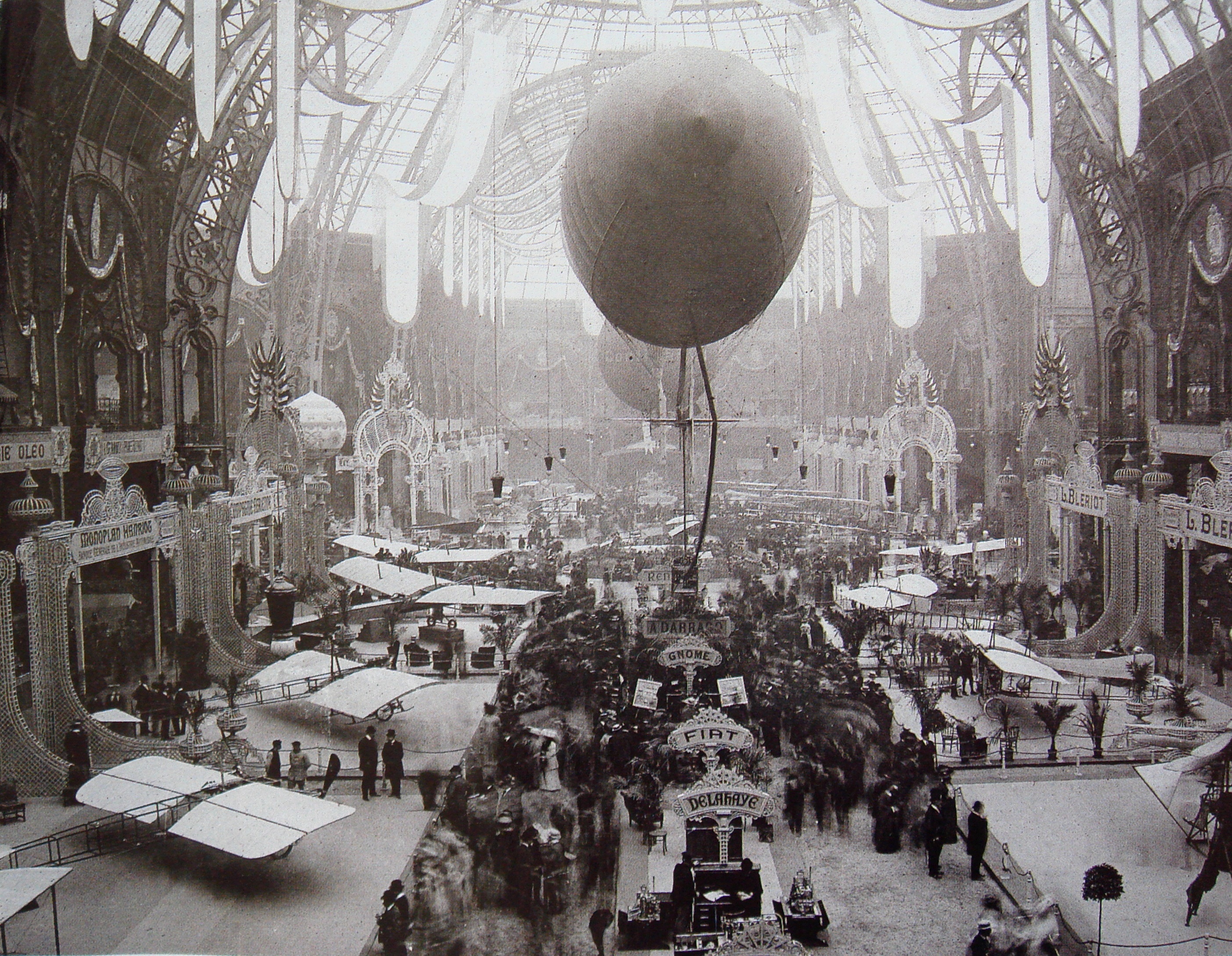
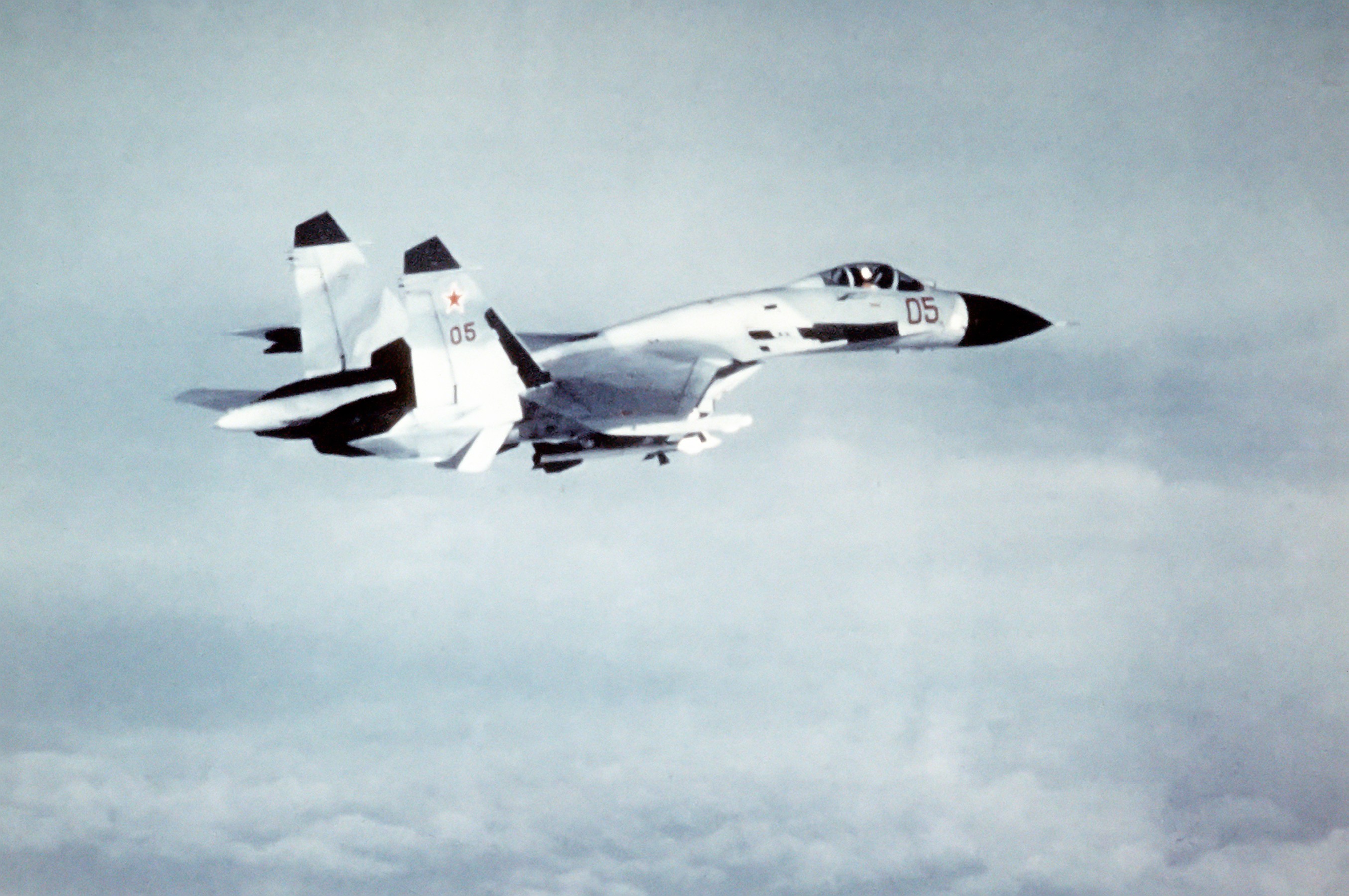
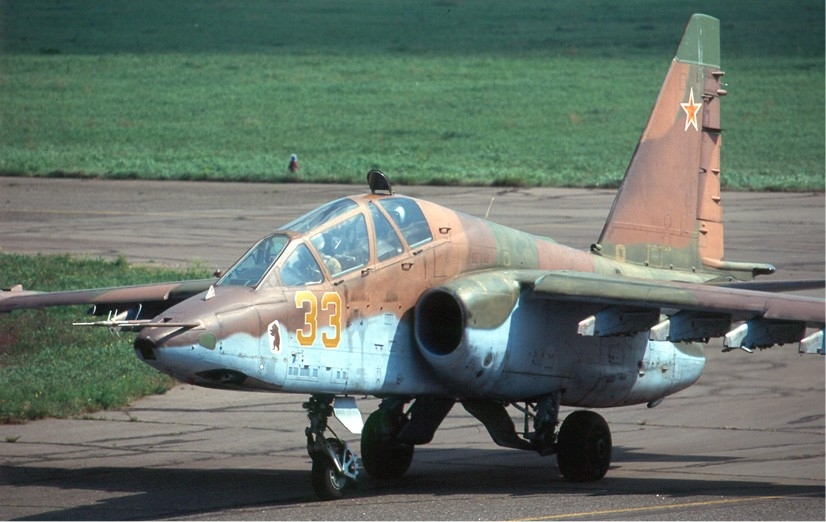
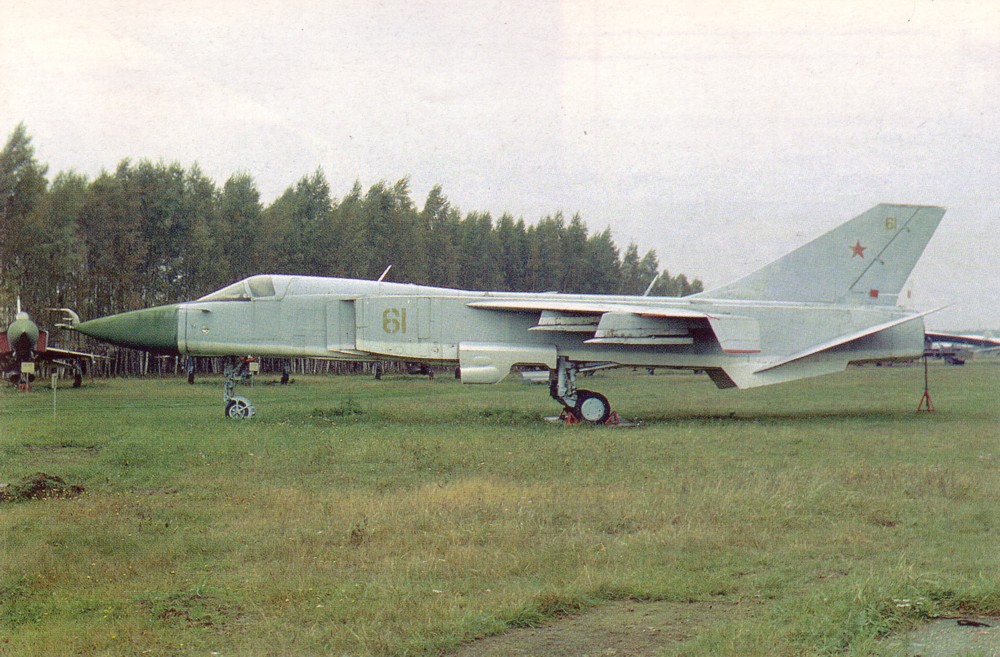
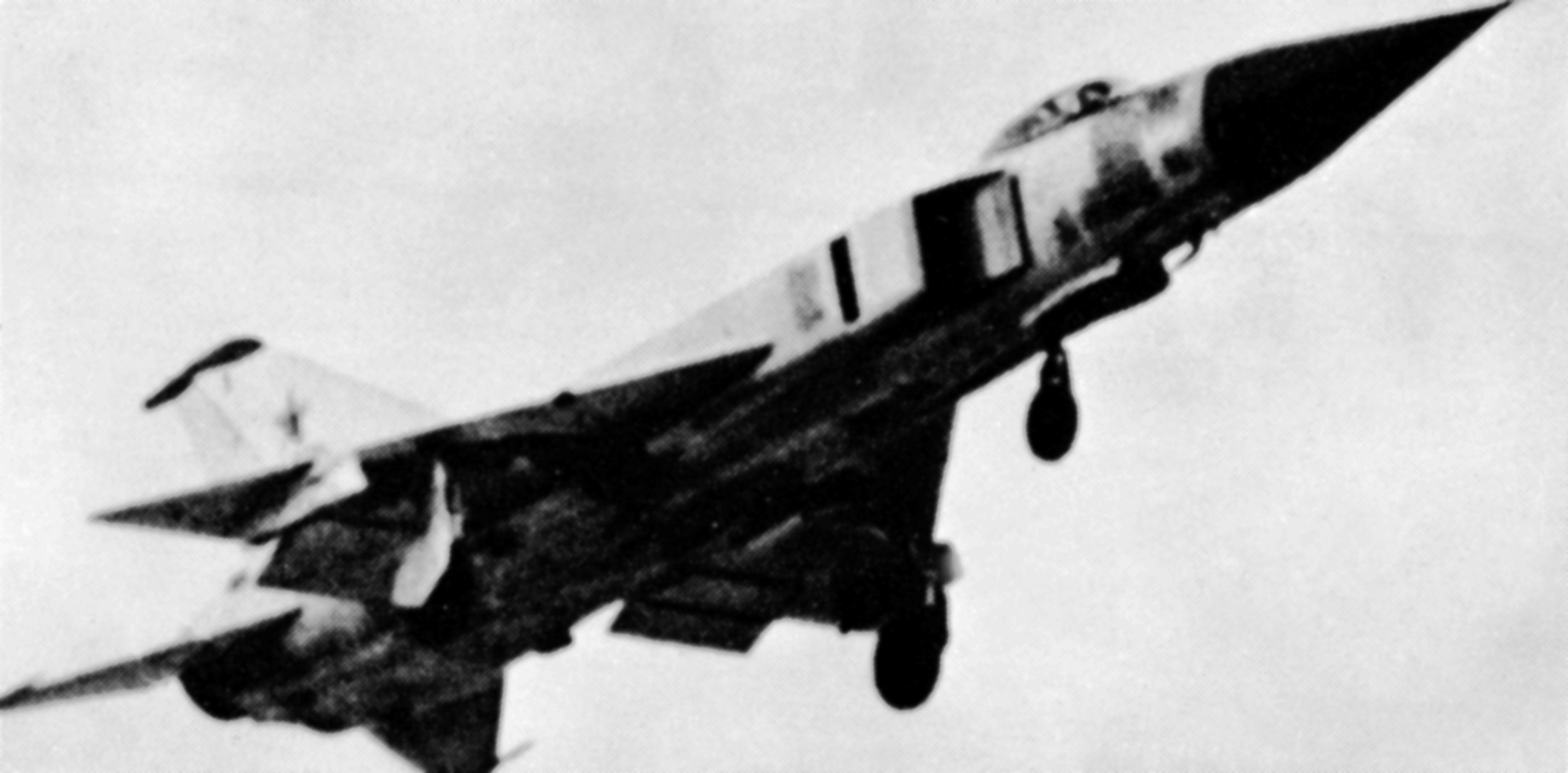

.png)